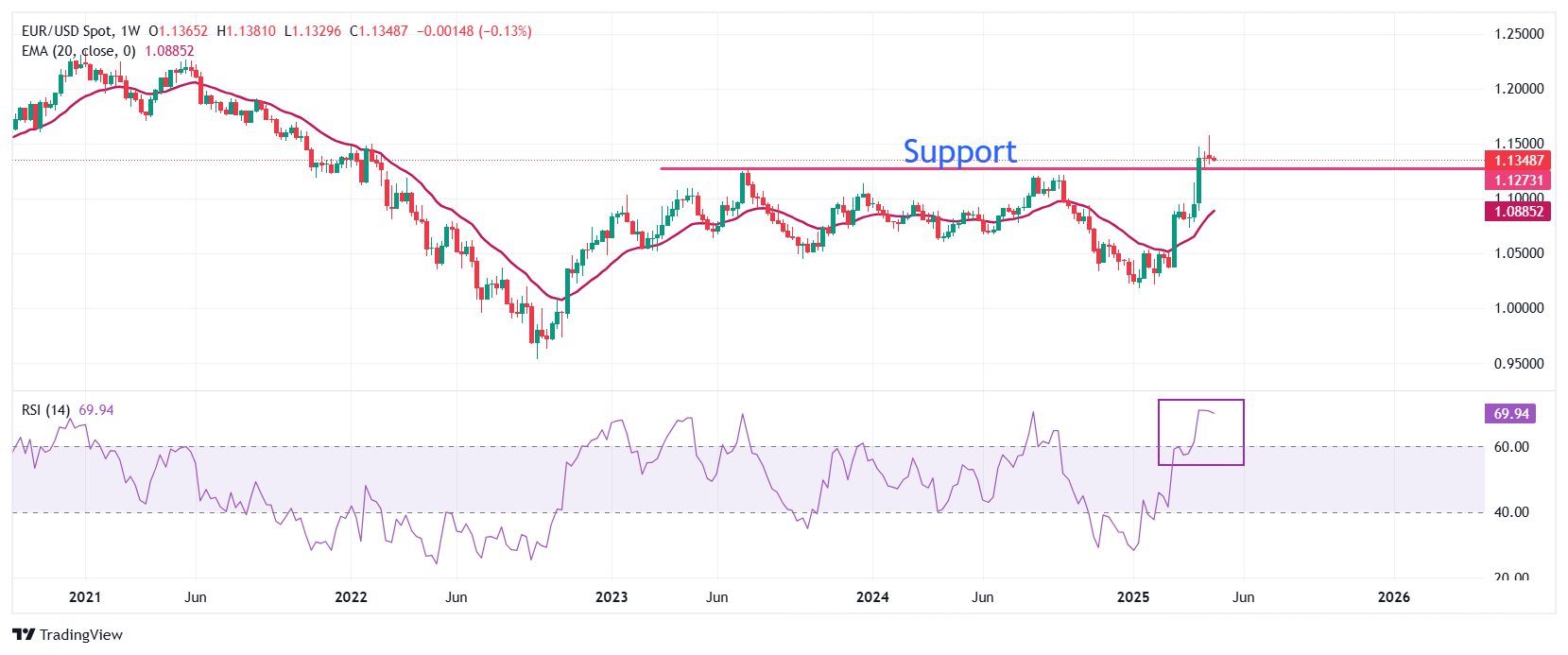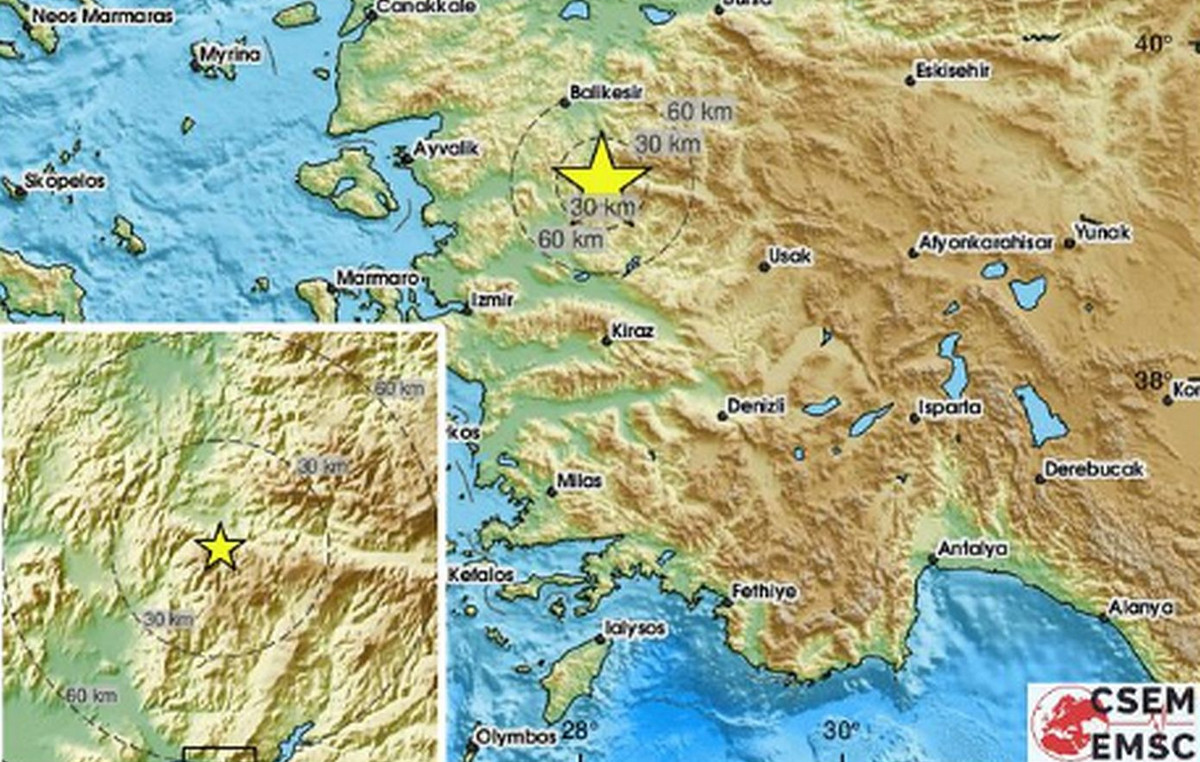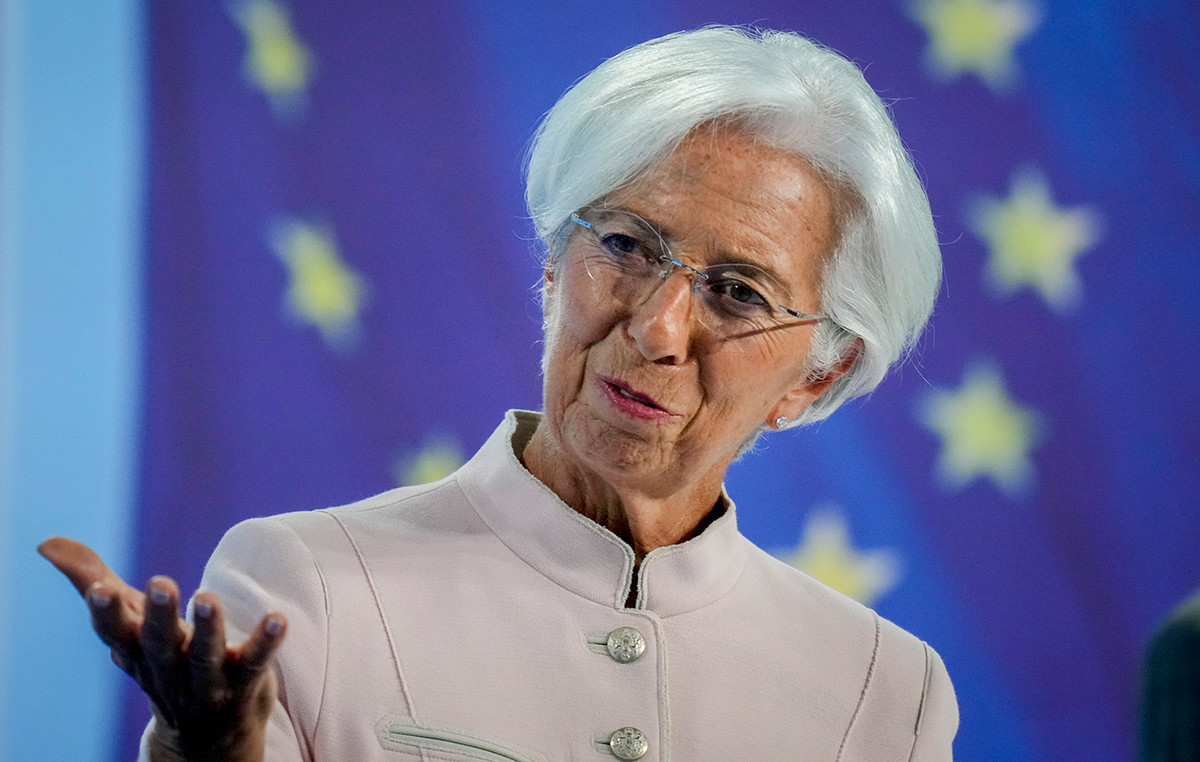- The EUR/USD moves laterally around 1,1350 while investors seek new clues about commercial relations between the US and China.
- The ECB is expected to cut interest rates again at the June meeting.
- The Knot of the ECB sees demands of demand and deflation due to Trump’s tariffs in the short term.
The EUR/USD quotes in a very tight range around 1,1350 at the beginning of the week. The main currency pair is consolidated before ambiguity about commercial discussions between the United States (USA) and China. The contradictory statements of Washington and Beijing about whether US President Donald Trump and Chinese President Xi Jinping have talked about commercial terms have forced investors to stay out.
President Trump has declared that commercial discussions between Washington and Beijing are going well. However, China has denied these comments, saying that there have been no “economic and commercial negotiations between China and the US”. On Friday, a spokesman for the Chinese embassy said: “China and the US are not having any tariff consultation or negotiation,” Reuters said.
After Beijing’s comments, Trump declared in an interview with Time magazine that Xi Jinping in China had called him. “He has called,” Trump said, he added: “I don’t think that is a sign of weakness on his part.” Trump also clarified late on Friday that Xi had called numerous times since he presented his tariff plan. “I don’t want to comment on that, but I have spoken with him numerous times,” Trump told reporters, Reuters reported.
Meanwhile, the US Treasurer Scott Besent has not confirmed any commercial conversation among US presidents and China. “I don’t know if President Trump has spoken with President XI,” said Besent, ABC reported.
During the European negotiation hours of Monday, the US dollar (USD) advances slightly, clinging to the recovery movement last week, which was driven by the hopes of unwinding of the tariff war between the two greatest powers in the world. This week, the main trigger for the US dollar will be a series of US economic data, including non -agricultural payroll (NFP) on Friday.
Daily summary of market movements: EUR/USD moves laterally before a week occupied with eurozone data
- The EUR/USD moves laterally while the euro (EUR) operates cautiously before the preliminary data of the harmonized index of April consumer (HICP) and the Gross Domestic Product (GDP) of the first quarter of the Eurozone and its main nations, which will be published this week. Inflation and economic growth data will significantly influence market expectations on the monetary policy perspective of the European Central Bank (ECB).
- According to market expectations, the general HICP of the Eurozone is expected to return to the objective of 2% of the ECB, the slowest growth in price pressures since October 2024. In March, inflation data increased by 2.2%. It is estimated that the growth of the GDP of the Eurozone has grown at a constant pace of 0.2% intertrimestral in the first quarter. A moderate growth of inflation would increase the confidence of the operators in which the ECB will cut the interest rates again at the June policy meeting.
- Meanwhile, Reuters reported on Saturday that ECB policy formulators are increasingly sure to cut interest rates in June as inflation continues to fall. However, there is little or no appetite for a great movement. However, the report has not highlighted the names of the ECB officials who have guided the possibilities of a greater expansion of monetary policy.
- The head of ECB policies and governor of the Central Bank of the Netherlands, Klaas Knot, declared in an interview with the Dutch financial newspaper FD during the weekend that the monetary policy of June will be more “complex” since the risks of long -term inflation have been skewed on “both sides.” Knot pointed out the caution that US tariff policy could lead to a decrease in demand and disinflation in the short term. “In the short term, it is 100% clear that the demand clash will dominate, so inflation will decrease,” said Knot.
- In the global field, uncertainty about commercial relations between the US and the Eurozone has also kept the euro on the margin. The European Union Commissioner (EU), Valdis Dombrovskis, has expressed concerns about reaching an agreement with the US in the short term, while talking with reporters outside the meetings of the International Monetary Fund (IMF) in Washington, Reuters reported. “There is a lot of work ahead to reach parameters and more concrete elements and areas of cooperation that allow us to avoid tariff implementation,” said Dombrovskis.
Technical analysis: the EUR/USD wobbles around 1,1350

The EUR/USD quotes around 1,1350 in the European session on Monday. The main currency pair perspective remains a bullish since the 20 -week exponential mobile average (EMA) is upward inclined around 1,0885.
The 14 -week relative force (RSI) index rises to levels close to overlying over 70.00 in the weekly graphic, indicating a strong bullish impulse, but no possibilities of any correction cannot be ruled out.
Looking up, the psychological level of 1,1500 will be the main resistance for the torque. On the contrary, the maximum of July 2023 of 1,1276 will be a key support for the euros of the euro.
Euro Faqs
The euro is the currency of the 19 countries of the European Union that belong to the Eurozone. It is the second most negotiated currency in the world, behind the US dollar. In 2022, it represented 31 % of all foreign exchange transactions, with an average daily business volume of more than 2.2 billion dollars a day. The EUR/USD is the most negotiated currency pair in the world, with an estimate of 30 %of all transactions, followed by the EUR/JPY (4 %), the EUR/GBP (3 %) and the EUR/AU (2 %).
The European Central Bank (ECB), based in Frankfurt (Germany), is the Eurozone reserve bank. The ECB establishes interest rates and manages monetary policy. The main mandate of the ECB is to maintain price stability, which means controlling inflation or stimulating growth. Its main tool is the rise or decrease in interest rates. Relatively high interest rates (or the expectation of higher types) usually benefit the euro and vice versa. The GOVERNMENT BOOK of the ECB makes decisions about monetary policy in meetings that are held eight times a year. The decisions are made by the directors of the National Banks of the Eurozone and six permanent members, including the president of the ECB, Christine Lagarde.
Eurozone inflation data, measured by the harmonized consumer prices index (IPCA), are an important economic indicator for the euro. If inflation increases more than expected, especially if it exceeds 2% of the ECB, it forces the ECB to rise interest rates to control it again. Relatively high interest rates compared to their counterparts usually benefit the euro, since they make the region more attractive as a place for global investors to deposit their money.
Published data measure the health of the economy and can have an impact on the euro. Indicators such as GDP, manufacturing and services PMIs, employment and consumer trust surveys can influence the direction of the single currency. A strong economy is good for the euro. Not only attracts more foreign investment, but it can encourage the ECB to raise interest rates, which will directly strengthen the euro. Otherwise, if economic data is weak, the euro is likely to fall. The economic data of the four largest economies in the euro zone (Germany, France, Italy and Spain) are especially significant, since they represent 75% of the economy of the euro area.
Another important fact that is published on the euro is the commercial balance. This indicator measures the difference between what a country earns with its exports and what you spend on imports during a given period. If a country produces highly demanded export products, its currency will gain value simply by the additional demand created by foreign buyers seeking to buy those goods. Therefore, a positive net trade balance strengthens a currency and vice versa in the case of a negative balance
Source: Fx Street
I am Joshua Winder, a senior-level journalist and editor at World Stock Market. I specialize in covering news related to the stock market and economic trends. With more than 8 years of experience in this field, I have become an expert in financial reporting.







